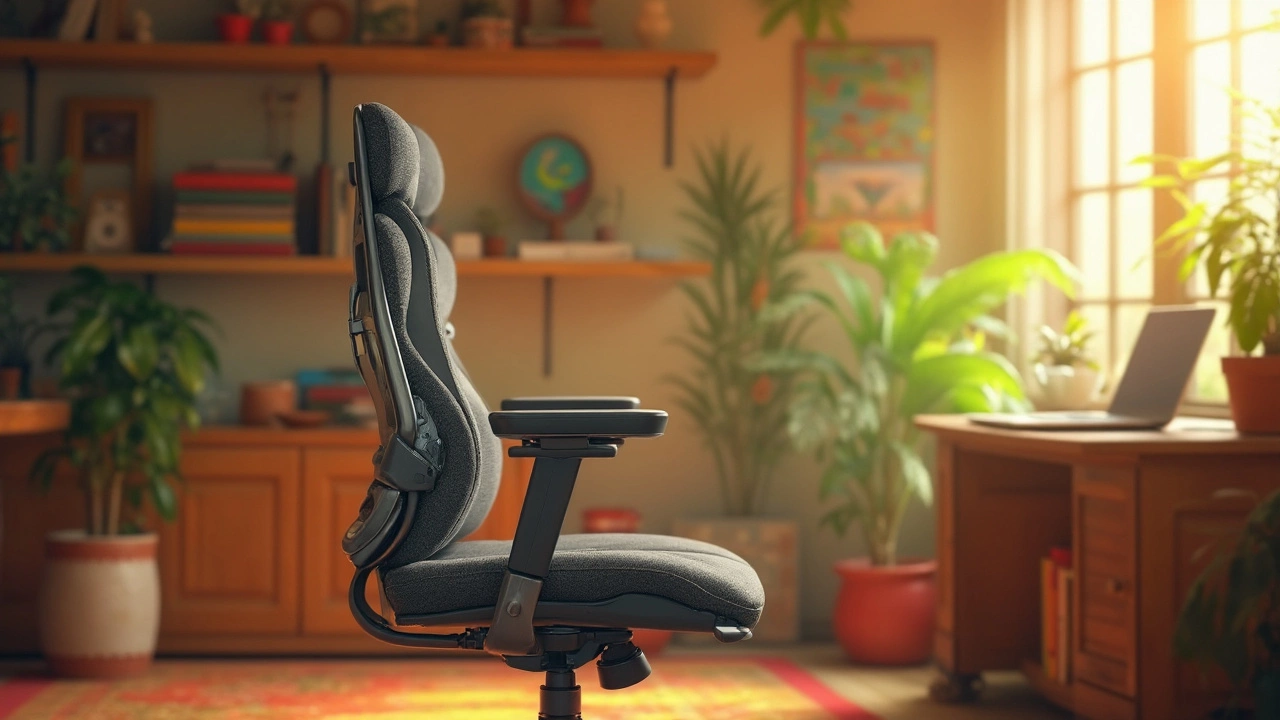Supportive Furniture Tips & Ideas – Boost Comfort and Style
When a piece of furniture feels like it’s actually helping you, that’s what we call supportive. It’s not just about looks; it’s about how the couch cradles you, how the coffee table stays steady, and how the TV stand keeps everything safe. Below are simple, down‑to‑earth ways to make every item in your living room work harder for you.
Why Supportive Furniture Matters
A supportive sofa keeps its shape for years, so you stop dealing with sagging cushions after a few months. A sturdy coffee table prevents wobbling when you put down a drink, and a well‑matched TV stand protects your screen from vibrations. When furniture does its job, you spend less time fixing problems and more time enjoying the space.
Supportive design also matters for health. A couch with a strong frame and good lumbar support can reduce back pain. A sturdy side table makes it easier to reach a glass without stretching. In short, the right support translates to fewer aches and a more relaxed vibe.
Easy Ways to Make Your Home More Supportive
Check the frame. Look under the couch or chair. A hardwood or metal frame gives the best long‑term support. If you notice any squeaks, tighten the screws or replace weak joints before the problem worsens.
Use proper cushions. High‑density foam holds its shape longer than cheap polyester fill. Add a thin layer of a firmer foam on top of a softer cushion if you need extra lift without buying a new couch.
Level your tables. Small differences in floor height can make a coffee table wobble. Simple rubber pads or felt coasters under each leg keep the surface steady and protect the floor.
Match heights. The ideal coffee table height is about the same as the seat of your sofa. This makes it easier to grab a remote or a snack without overreaching.
Protect surfaces. A well‑placed rug under a coffee table adds grip and reduces scratches. If you’re unsure about rug size, aim for a rug that’s at least 18‑24 inches wider than the table on each side.
Mind the weight. Heavy décor like large vases or decorative books can tip a thin‑legged table. Keep the heaviest items near the center and spread lighter pieces around the edges.
These quick checks can turn a wobble‑prone set‑up into a solid, supportive space in minutes. And if you’re already looking at new pieces, ask the retailer about frame material, cushion density, and leg stability before you buy.Putting a little extra thought into support doesn’t have to be costly. Often it’s just a matter of tightening a screw, swapping a pad, or choosing a firmer cushion. The result? Furniture that feels right, looks good, and lasts longer. Start with one piece, see the difference, then roll the changes out to the rest of the room.
How to Pick a Good Office Chair
Choosing an office chair might seem simple, but there are some crucial factors to consider for your health and productivity. A good chair supports your posture, adapts to your body, and adds to comfort during long working hours. Check for adjustable features, high-quality materials, and proper lumbar support. Even a small difference can significantly impact comfort and health.





